Contaminated Real Estate in Alaska
Table of Contents
- About this page
- What Are The Common Causes of Contamination on Property in Alaska?
- Where to Start
- Liability Concerns
- Disclosure of Contamination in Property Sales and Rentals
- What Are Institutional Controls and How Are They Used?
- Researching Specific Contamination
- Suspected Contamination Resources
- Cleanup Process and Resources
- Proper Disposal Methods of Common Contaminated Materials
- Health Risks and Guidelines
- Contact for More Information
About this page
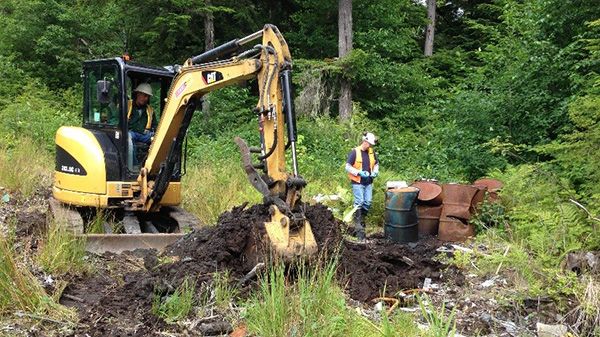 This page is designed to help real estate professionals (agents, lenders, appraisers, title searchers, and contractors), as well as home buyers and sellers, determine if real estate they may be buying, selling, or developing is contaminated or may be at risk from known contamination. This page brings together many resources to help you determine if property has known contamination and what impacts that may or may not have on the use of that property.
This page is designed to help real estate professionals (agents, lenders, appraisers, title searchers, and contractors), as well as home buyers and sellers, determine if real estate they may be buying, selling, or developing is contaminated or may be at risk from known contamination. This page brings together many resources to help you determine if property has known contamination and what impacts that may or may not have on the use of that property.
Following the protection of human health and the environment, the main purpose of DEC's Contaminated Sites Program is to make a contaminated property useable again. DEC does not determine value of a property; market forces do that. However, DEC can explain the contaminated sites rules, any institutional controls and restrictions, as well as help property or prospective property owners understand the future contamination risks for the property, if any. DEC's Contaminated Sites Program has a lot of information available on its web site, and a team of experts are happy to help answer your questions on contaminated property and the cleanup process.
All hazardous substance spills are to be reported to DEC’s Prevention, Preparedness, and Response (PPR) Program. Many of these spills are cleaned up immediately upon discovery and are not transferred to the Contaminated Sites Program. Search the Spills database and contact PPR with questions regarding specific spills.
DEC may determine that an impacted site requires more in-depth and possibly longer term investigation before achieving cleanup. Such sites will have been formally entered into DEC's Contaminated Sites database. Start your search with our database (if you are not sure of the address use the map function). For more information about a particular site, contact the assigned project manager listed in the database site details. You can find a comprehensive list of the Contaminated Sites Program contact information on our Contact page.
What Are The Common Causes of Contamination on Property in Alaska?
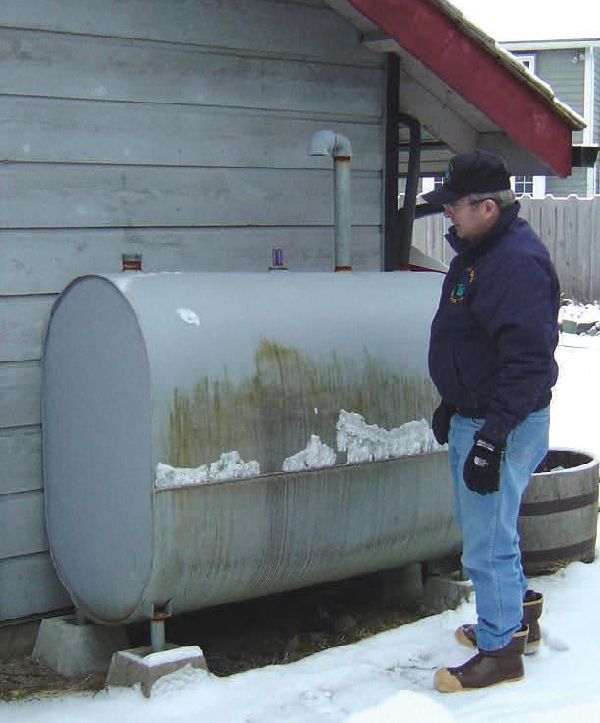
- Home heating oil tanks
- Releases from commercial and industrial operations including fuel handling and delivery, current and former dry cleaners, and other operations
- Current and former military operations
- Contaminants spilled during transportation
- Releases from underground and aboveground fuel storage tanks
For more information see the fact sheet Contaminants in Alaska
Where to Start
- Search DEC Contaminated Sites database and maps
- Review real estate transaction property disclosure forms. The Alaska Real Estate Commission provides information on the rules and disclosure forms for real estate transaction
- Discuss with property neighbors
- Consult with city and local government planning and zoning offices
Liability Concerns
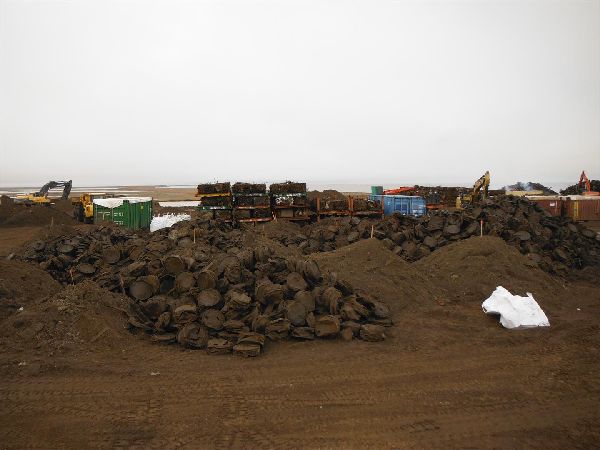 An entity is considered responsible for a release of oil or other hazardous substance if they meet the definition of responsible party in Alaska Statue 46.03.822. A responsible party may or may not actually own the property where the release occurred. Consult with your legal advisor on how/if this liability may or may not transfer with the sale of the property.
An entity is considered responsible for a release of oil or other hazardous substance if they meet the definition of responsible party in Alaska Statue 46.03.822. A responsible party may or may not actually own the property where the release occurred. Consult with your legal advisor on how/if this liability may or may not transfer with the sale of the property.
DEC suggests that a person seek legal assistance when buying or selling any property that has known or suspected contamination.
Prospective Purchaser Agreements
A Prospective Purchaser Agreement (PPA) is a legal agreement between the buyer and the State of Alaska. A PPA typically releases the buyer from liability for existing contamination. In exchange for this, the buyer has to take some action related to the environmental condition of the property which is beneficial to the State. The Alaska Department of Law drafts these agreements and requires a monetary retainer in advance of any work that they do. If you would like to find out more details about PPAs, contact DEC.
Disclosure of Contamination in Property Sales and Rentals
Sale of residential property
Alaska law requires that, during the sale of residential property, any environmental hazard must be disclosed to a prospective buyer before completing the sale (Alaska Statute (AS) 34.70.010). Disclosure forms are available through the following link on the Alaska Real Estate Commission's website.
Sale of commercial or industrial property
Prospective purchasers are encouraged to hire environmental professionals to perform Phase I/II Environmental Site Assessments (ESA). The American Society for Testing Materials (ASTM) has developed the industry’s Standard Practice for Environmental Site Assessments.
Landlords and tenants
Property owners who are landlords and provide rental properties to tenants should use reasonable care to inform tenants and provide remedies for environmental hazards as outlined in the Alaska Uniform Residential Landlord and Tenant Act (AS 34.03.010 – 34.03.360), and must supply clean and reliable water and safe and habitable living conditions. For more information, please consult the Department of Law's website and their information on the Alaska Landlord and Tenant Act. That site has contact information to request a copy of a booklet on the Act. You can also email your request to Consumer Protection.
You may seek the service of an environmental professional to evaluate the nature of contamination and any potential risks associated with the specific property under consideration.
What Are Institutional Controls and How Are They Used?
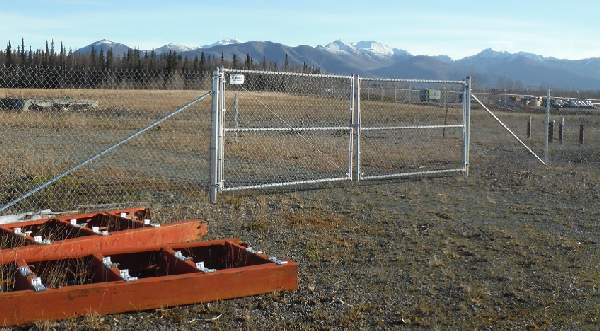 Institutional Controls in Alaska are legal or administrative tools designed to prevent or reduce human and/or ecological exposure to remaining contamination at a site and to prevent activities which may result in increased exposure to or the spread of such contamination. Two primary objectives behind ICs are limiting land and water use to reduce potential risks and managing residual contamination.
Institutional Controls in Alaska are legal or administrative tools designed to prevent or reduce human and/or ecological exposure to remaining contamination at a site and to prevent activities which may result in increased exposure to or the spread of such contamination. Two primary objectives behind ICs are limiting land and water use to reduce potential risks and managing residual contamination.
Depending upon the IC used, it may provide notice to interested parties about contamination at a particular property, restrict particular activities on a property, or allow access by responsible persons and regulatory agencies for continued monitoring. ICs include property law mechanisms such as Environmental Covenants, Notices of Activity and Equitable Servitudes, and other recorded notices. ICs also include governmental mechanisms such as zoning, land use plans and maps, and public notices.
For more information see for more information, see our web page on Institutional Controls. Information about ICs can also be found in the CS database, as well as the Alaska Department of Natural Resources (DNR) Recorder’s Office.
Researching Specific Contamination
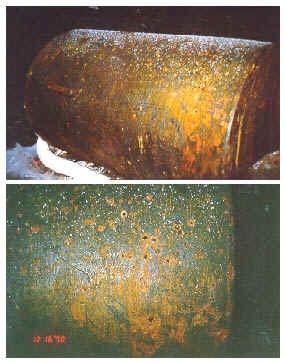
- Home heating oil tanks
- Other storage tanks
- Ground water plumes and contamination
- Vapor intrusion
- Former meth labs
- Air quality outside the home
- Drinking water or well water
- Home private water wells
- On-site disposal systems (Septic System)
Suspected Contamination Resources

- If you have a spill or see one, immediately call the nearest DEC office or 1-800-478-9300. For reporting requirements, go to the Report a Spill web page.
- For help with redeveloping and reusing real estate that has been or may be contaminated, contact the Brownfields Program.
Cleanup Process and Resources
How does the property get “cleaned up” and how long does this take? The cleanup process can range from a complex, formal cleanup with extensive public involvement and lasting several years to a simple cleanup process taking only a few months. Much depends on the source and extent of contamination and the threat to humans and the environment.
Proper Disposal Methods of Common COntaminated Materials
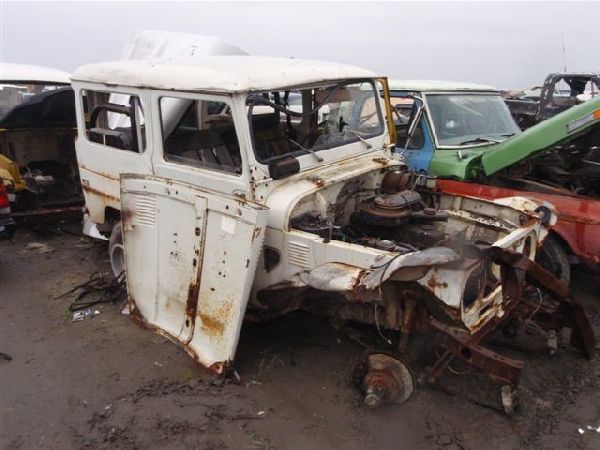 How do you properly dispose of hazardous or potentially hazardous substances around your house and property? Check out DEC's Solid Waste Programs factsheets on everything from lead paint and junk vehicles to animal carcasses and fish waste.
How do you properly dispose of hazardous or potentially hazardous substances around your house and property? Check out DEC's Solid Waste Programs factsheets on everything from lead paint and junk vehicles to animal carcasses and fish waste.
Health Risks and Guidelines
- Information on Lead in drinking water
- Information on Arsenic in drinking water (PDF)
- Information on Sulfolane (so far only found as a contaminant in Alaska in and around the city of North Pole)
- Information on Perfluorinated Chemicals (PFCs) specifically Perfluorooctane Sulfonate (PFOS) and Perfluorooctanoic Acid (PFOA)
- Fact Sheet: PFOA and PFOS Drinking Water Health Advisories (PDF)
- Drinking Water Health Advisories for PFOA and PFOS
- This emerging contaminant has been found in groundwater and drinking water at Eielson Air Force Base and the neighboring Moose Creek area. Many other firefighting training areas are now being investigated around the state for this groundwater contaminant.
CONTACT FOR More Information
- DEC Contaminated Sites Contacts page (Contact the nearest office main number and they can direct you to the best person to help with your specific request)

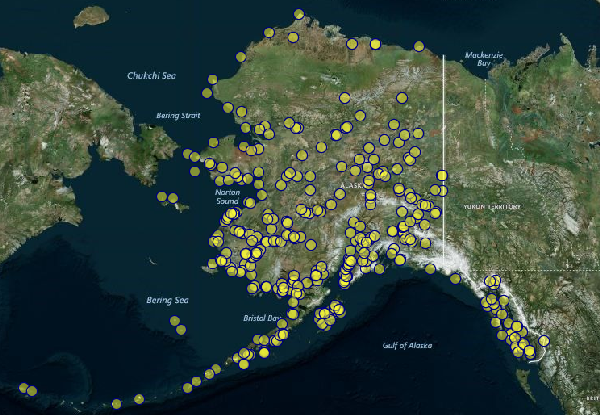
 Indicates an external site.
Indicates an external site.